1. Introduction: Captivating the Reader
Hook: The Coleus’ Colorful Canvas
Did you know that coleus plants, with their vibrant foliage, are often considered the kaleidoscopes of the plant world? Known for their stunning array of colors and patterns, coleus can transform any dull corner into a lively spectacle. Whether you are a novice gardener or a seasoned plant enthusiast, these plants have something for everyone.Overview: A Plant for All Seasons
Coleus has gained popularity due to its incredible ability to add vibrant color and varied texture to gardens and indoor spaces. These plants, known for their decorative leaves, bring a pop of color to any setting, making them a favorite among gardening enthusiasts seeking both charm and character. With their relatively straightforward care requirements, coleus plants are perfect for those looking to ease into plant care.Purpose: Mastering Coleus Care
In this guide, we will delve into the essentials of coleus care, offering insights into their history, planting, maintenance, and more. By the end of your reading, you'll be equipped to nurture these captivating plants in your home or garden with confidence and flair.2. Understanding Coleus Plants

History and Origin
A Journey Through Time
Coleus plants, scientifically known as Plectranthus scutellarioides, have graced gardens for centuries. Originating in the tropics of Southeast Asia, particularly Indonesia and the Philippines, coleus has a storied past filled with horticultural significance. Their introduction to the western world occurred in the 19th century, quickly capturing the hearts of gardeners and botanical enthusiasts alike.Natural Habitats: Where Coleus Thrives
In their native habitats, coleus thrive under the dense canopy of tropical forests, where they receive filtered sunlight and a constant supply of moisture. Emulating these conditions in your garden or home is key to their successful cultivation, and understanding these origins can guide you in providing optimal care.Varieties and Characteristics
A Rainbow of Varieties
Coleus plants come in a myriad of varieties, each displaying unique leaf patterns and colors ranging from deep purples and pinks to bright greens and yellows. Whether you're drawn to the 'Wizard Series' with its compact growth or the sprawling 'Kong Series,' there's a coleus to suit every aesthetic preference.Key Characteristics
Characterized by their square stems and opposing leaf pairs, coleus plants can vary from a few inches in height to over three feet, depending on the variety. Their show-stopping leaves are not only captivating but also hint at plant health, becoming your best indicator of whether your coleus is thriving or in need of care.3. Ideal Conditions for Coleus Planting

Light: Finding the Sweet Spot
Sun Exposure Preferences
Coleus plants typically prefer bright, indirect light, mimicking their natural habitat under forest canopies. Too much direct sunlight can scorch their vibrant leaves, while too little light can cause the colors to fade. Striking the right balance in your home or garden is essential for maintaining their vivid hues.Indoor vs. Outdoor Light Considerations
When grown indoors, place coleus near a north or east-facing window to provide sufficient light. Outdoors, consider planting them in locations that receive morning sun and afternoon shade. This balance helps protect them from harsh midday rays.Soil: Crafting the Perfect Mix
Soil Composition and pH
A well-draining potting mix with rich, organic content is ideal for coleus. Ensuring the soil is slightly acidic to neutral (pH 6.0-7.0) will promote optimal nutrient absorption. A simple mix of peat moss, perlite, and compost can create an environment conducive to healthy root growth.Choosing the Right Pot and Medium
If container-bound, select a pot with adequate drainage holes to prevent waterlogging. At Plantology, our range of premium potting mixes and containers ensures your coleus gets off to the best start, promoting vigorous growth and vibrant foliage.4. Planting Coleus: A Step-by-Step Guide

Preparation: Gathering Essential Materials
Tools and Supplies Checklist
Before planting your coleus, gather all necessary materials: high-quality potting soil, a suitable pot or garden space, a trowel, and water. For those seeking the ultimate planting toolkit, Plantology offers a curated selection of essentials tailored for coleus care.Planting Coleus Indoors
Steps to Planting in Containers
1. Select a container with drainage holes to prevent root rot. 2. Fill the pot with your prepared potting mix, leaving space for the plant's root ball. 3. Gently remove the coleus from its nursery pot, loosening the roots before placing it in the new container. 4. Position the plant, ensuring it's at the same depth as it was in its nursery pot. 5. Backfill with potting mix, firming gently to remove air pockets. 6. Water thoroughly to encourage root establishment.Planting Coleus Outdoors
Steps for a Thriving Outdoor Display
1. Choose a location that meets the light requirements of your coleus variety. 2. Till the soil, incorporating organic matter to improve drainage and fertility. 3. Dig a hole slightly larger than the root ball of your coleus. 4. Place the plant in the hole, ensuring its crown is level with the soil surface. 5. Fill in around the base, firming the soil gently. 6. Water deeply to settle the roots, providing a lush start to your garden display.5. Essential Care Practices for Coleus

Watering: Meeting Moisture Needs
Watering Frequency and Techniques
Coleus plants thrive in consistently moist soil, but care must be taken to avoid overwatering. Water when the top inch of soil feels dry, ensuring that excess water drains to prevent root rot. During peak growing seasons, more frequent watering may be necessary, especially for outdoor plants exposed to wind and sun.Temperature and Humidity
Optimal Conditions for Growth
Coleus flourishes in temperatures ranging from 60°F to 75°F. They are somewhat sensitive to cold, so it’s advisable to move potted coleus indoors during cooler seasons. Maintaining a humidity level of around 50-60% can help prevent leaf edges from browning, replicating their native tropical environment.Fertilization: Nourishing Your Coleus
Choosing the Right Fertilizer and Schedule
During the growing season, feed your coleus with a balanced, water-soluble fertilizer every month. Reduce feeding frequency during the winter months when growth slows. At Plantology, our specially formulated coleus nutrients are designed to keep your plants in peak health, ensuring prolific and vibrant foliage.6. Pruning and Propagation Techniques

Pruning for Health and Aesthetics
When and How to Prune
Regularly pruning your coleus encourages bushier growth and prevents legginess. Trim back long stems in spring and summer, cutting just above a leaf pair to stimulate new growth. Removing any flower spikes that form will also help preserve the plant's energy for leaf production.Propagation for Plant Multiplication
Propagating Coleus from Cuttings
Propagating coleus is both straightforward and rewarding. Select a healthy stem tip of about 4-6 inches in length, remove the lower leaves, and place the cutting in water or moist soil. Roots typically develop within a few weeks, allowing you to expand your plant collection with ease.7. Common Problems and Solutions
Pest Control: Keeping Coleus Pest-Free
Identifying and Managing Pests
Common pests such as aphids, spider mites, and whiteflies can affect coleus. Inspect your plants regularly and apply insecticidal soap or neem oil at the first sign of infestation. Ensuring good air circulation around your plants can also ward off potential pest problems.Disease Prevention: Diagnosing and Treating Issues

Recognizing and Addressing Diseases
Fungal diseases like powdery mildew are common in humid conditions. Remove affected leaves promptly and improve air circulation to prevent spread. Utilizing Plantology's selection of disease-resistant coleus varieties can also mitigate these risks.8. Designing with Coleus: Creative Uses in the Garden and Home
Landscaping with Coleus
Outdoor Arrangements and Pairing Ideas
Use coleus in borders, as groundcover, or as focal points in mixed planters. Their vibrant hues provide contrast alongside greenery like the Agave Blue or the elegant Adonidia Palm from Plantology, creating stunning outdoor arrangements.Indoor Decor Inspiration
Bringing Color Inside the Home
Place coleus as centerpieces on tables, line them along windowsills, or use them in mixed indoor arrangements. Their adaptability makes them prime candidates for enhancing interior aesthetics with minimal effort.9. Final Thoughts and Encouragement

The Joy of Growing Coleus
Cultivating coleus invites vibrant, living art into your space, rewarding you with dazzling displays throughout the seasons. Whether outdoors or indoors, these plants are more than just foliage—they're an expression of nature's creativity.Your Journey with Plantology
As you embark on your coleus-growing journey, consider exploring Plantology's diverse plant offerings, from unique succulents like the Agave Caribbean to the towering elegance of the Alexander Palm. Our range is designed to complement your coleus collection, helping you build a diverse and thriving plant ecosystem. Ready to start your coleus adventure? Visit Plantology today to find the perfect plants and supplies to fulfill your gardening dreams!10. Enhancing Your Coleus Experience: Tips and Tricks
Maximizing Color Intensity
Optimal Light and Temperature Strategies
While coleus are known for their vibrant colors, achieving the full spectrum of hues can be a dynamic process. To maximize color intensity, consider rotating your plants every few days to ensure even light exposure. Cooler night temperatures can accentuate certain pigments, so if your climate allows, consider moving your coleus outdoors during the summer months for a little extra color kick. Consistency is key; sudden changes can cause stress and dull their vivid tones.Mixing and Matching Varieties

Creative Coleus Combinations
The sheer diversity of coleus allows you to mix and match different varieties to create a tapestry of color in your garden. Consider blending a dark-leaf variety like ‘Black Dragon’ with a light, bright counterpart such as ‘Lime Delight’ to produce stunning visual contrast. Grouping plants with similar care requirements simplifies maintenance, ensuring all your plants thrive without extra effort.11. Coleus Beyond Ornamental: Unique Uses and Benefits
Medicinal and Cultural Significance
The Coleus Connection to Traditional Medicine
While primarily cultivated for their ornamental appeal, certain coleus species have traditional medicinal uses. In tropical regions, coleus has been used in traditional herbal preparations, believed to treat a variety of ailments from digestive issues to inflammatory conditions. While modern science continues to explore these potential health benefits, it’s crucial to rely on verified medical advice and consider these traditional uses supplementary.Sustainable Gardening Practices
Incorporating Coleus into Eco-Friendly Gardens
By choosing coleus and other drought-resistant plants from Plantology, you contribute to sustainable gardening practices. These plants require less intensive water management, reducing your environmental footprint while maintaining lush, colorful landscapes. Natural mulches and organic fertilizers complement coleus well, enriching soil without synthetic chemicals.12. Coleus Communities: Sharing Your Passion

Engaging with Other Coleus Enthusiasts
Join the Online Coleus Movement
Engaging with fellow coleus cultivators can enhance your gardening journey by providing valuable insights, creative ideas, and supportive networks. Consider joining coleus-focused online communities or gardening forums to share experiences, swap tips, and even trade cuttings. Participating in local plant swaps or botanical society meetings can further deepen your connection to the coleus community.Documenting Your Gardening Journey
Creating a Coleus Diary
Document your experiences as a coleus caretaker in a gardening journal or digital blog. Record the growth progress, note color changes, jot down care routines, and mark any challenges encountered. Doing so creates a valuable resource for yourself and others while providing a reflective and rewarding experience as you see the evolution of your gardening skills over time.13. Expanding Your Plant Ecosystem: Complementary Companions
Choosing Companion Plants
Harmonizing Coleus with Other Flora
Coleus thrives alongside certain companion plants that complement its aesthetic while sharing similar growth requirements. Consider pairing coleus with plants such as impatiens, ferns, or hostas—each offering unique textures and colors that blend well within shaded environments. These companions not only enhance visual appeal but also create a more balanced ecosystem, helping deter pests and promoting healthy growth.14. Seasonal Changes and Adaptations for Coleus

Preparing for Winter
Overwintering Techniques
In colder climates, overwintering coleus ensures they can survive until the following growing season. If grown outdoors, consider taking cuttings before the first frost and rooting them indoors. Alternatively, potted coleus can be brought inside, where they should be placed in a brightly lit area with consistent warmth. During winter, reduce watering and cease fertilization, allowing the plants to go semi-dormant and preserving their energy for spring regrowth.Reviving Dormant Plants
Spring Awakening Tips
As spring approaches, it’s time to revitalize coleus that have overwintered indoors or outdoors. Gradually increase watering and reintroduce bi-monthly fertilization as temperatures rise. Consider repotting plants if they’ve become root-bound and trim any old or weak growth to encourage fresh, robust sprouting. Transition them back outdoors slowly, acclimating them to sunlight exposure over a period of days to avoid shock.15. Investing in Quality: Choosing the Best Coleus
Understanding Genetic Varieties
Selecting Disease-Resistant Cultivars
To ensure long-term success with coleus, choose disease-resistant cultivars known for their hardiness and vibrant foliage. Plantology offers a broad range of robust coleus varieties tailored to meet diverse aesthetic and environmental needs. Investing in quality specimens can protect against common diseases, saving both time and resources while maximizing your garden’s health and beauty.The Role of a Trusted Supplier


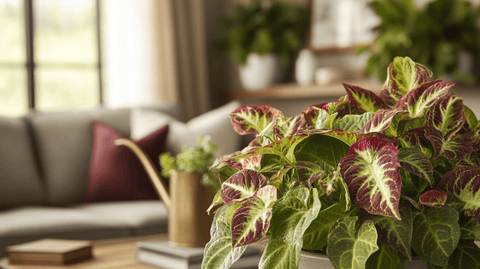

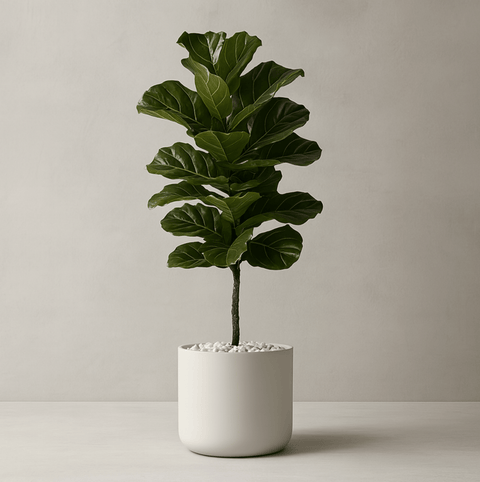
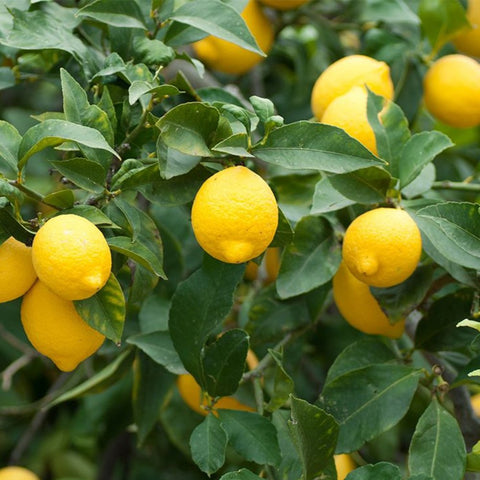

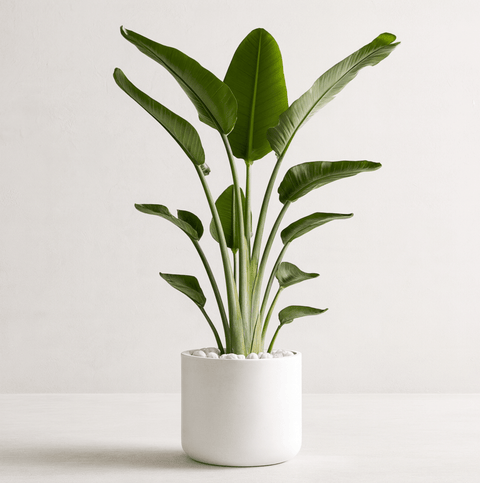

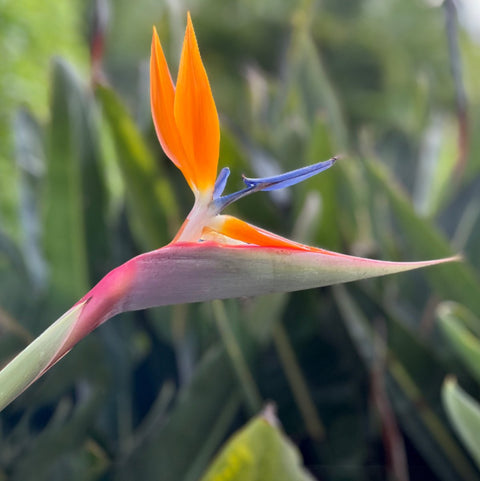

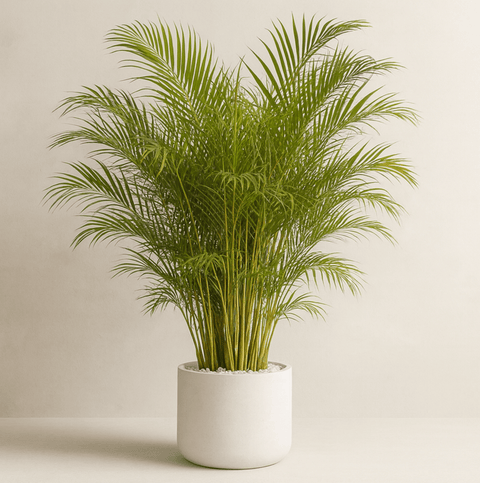


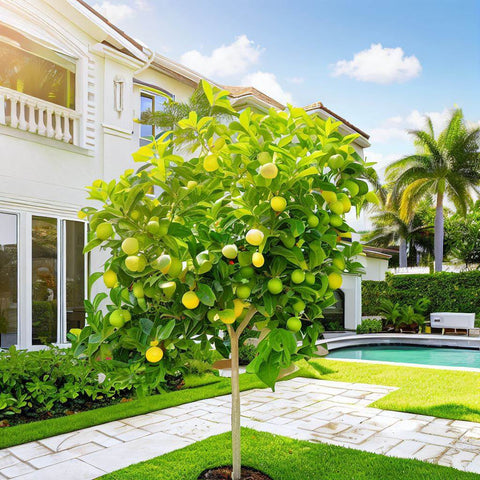



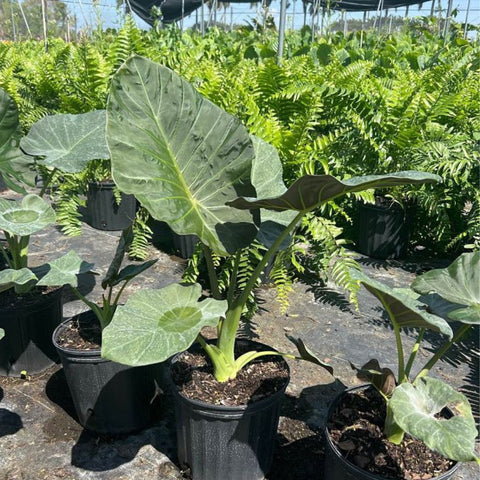
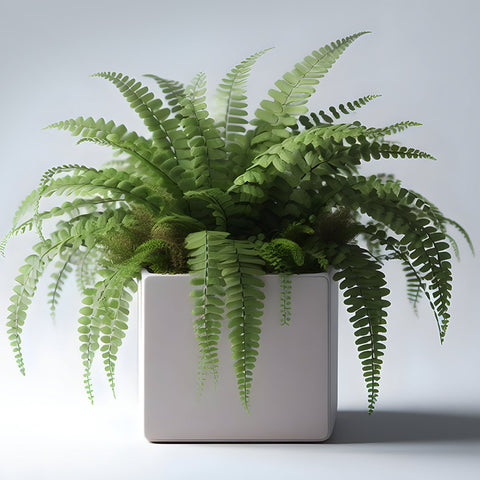



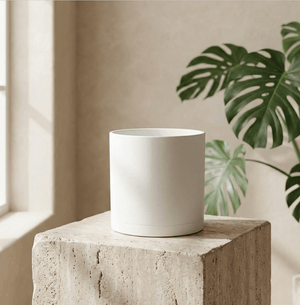
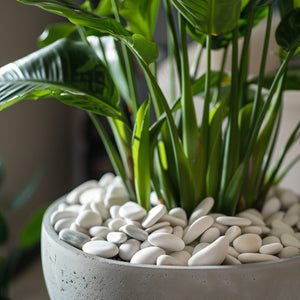






Comments (0)
There are no comments for this article. Be the first one to leave a message!